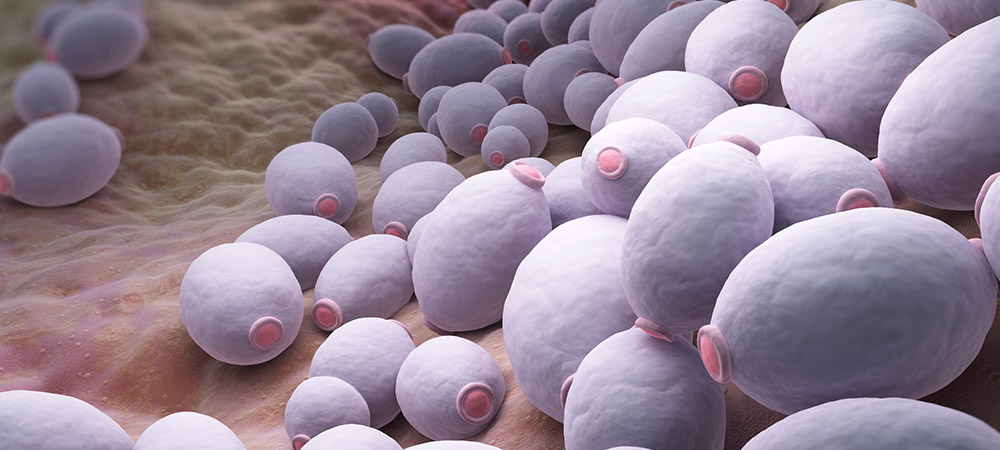Why candida allergy doesn’t always look like allergy

Candida is normally a healthy yeast that grows in most individuals’ intestinal tracts. For some patients, their body creates an overgrowth of candida which can cause health issues such as:
- recurrent yeast infections
- white coated tongue
- excessive intestinal gas and bloating
- increased cravings for sugar
But for other patients, symptoms may not be as clear cut and often times nothing seems to help relieve their symptoms. If you are experiencing any of the following symptoms, you may have an allergy to candida.
- brain fog
- progressive fatigue
- aching
- bowel distress
- increased sensitivity to foods, chemicals and molds
Why aren’t all providers treating candida as an allergy?
Because often candida allergy doesn’t look like an allergy. Allergy symptoms, for most people, typically present themselves in specific organ systems such as the lungs and nose. These symptoms can include (but are not limited to) itchy, watery eyes, runny nose, sneezing, and coughing. Although these symptoms present themselves differently than your typical allergy symptoms, Dr. Kroker, partner and allergist at Allergy Associates of La Crosse and a faculty member for Allergychoices physician education programs, has been successful in treating candida allergy with sublingual immunotherapy.
Sublingual immunotherapy (SLIT) for those with candida allergy helps to build tolerance against candida. Dr. Kroker recalls a patient who was taking antibiotics for her sinus infections and complained the antibiotics were making her feel sicker. Antibiotics allow yeast to grow, which can cause fatigue, aching and flu-like symptoms when taken in excess, so those who recurrently use antibiotics can suffer from candida overgrowth. When treated with sublingual immunotherapy for candida, her sugar cravings lessened, along with her symptoms of fatigue. Another thing noted by Dr. Kroker, which is common in patients with candida allergy, is food allergy presenting with delayed reactions. Some patients may not show signs of typical food allergies until days after they’ve eaten particular foods.
While there is still debate on whether candida should be treated as an allergy, an article in Experience Life magazine, called Kicking Candida, explains both sides of this argument and how Dr. Kroker still strongly supports the practice of sublingual immunotherapy in relation to true candida allergy.
In addition to sublingual immunotherapy to treat the underlying allergy, those with candida issues can follow a number of dietary/lifestyle modifications that can improve their condition, such as reducing sugar intake and foods that contain yeast such as alcoholic beverages, aged cheeses, breads and dried fruits. Some good snack foods may include nuts, fruit, corn chips, and cold vegetables. When shopping, try to eat as naturally as possible and read labels to ensure you aren’t eating foods that should be eliminated from your diet.
A number of resources for those with candida allergy are also available, including:
- Sondra K. Lewis’ book, “Allergy and Candida – Cooking Made Easy,” published by Canary Connect Publications, P.O. Box 5317, Coralville, IA 52241-0317.
- An excellent series of books related to the yeast allergy problem have been written by Dr. William Crook and are available through Professional Books, Box 3246, Jackson, TN 38303. His book entitled, “The Yeast Connection Cookbook” is particularly helpful for patients struggling to find good dietary approaches to their candida problems.
Treat the Cause
Interested in learning how personalized allergy drop immunotherapy can be used to treat the cause of your allergies? Find a provider near you who has received training and currently reports following the La Crosse Method Protocol for allergy drop immunotherapy.

